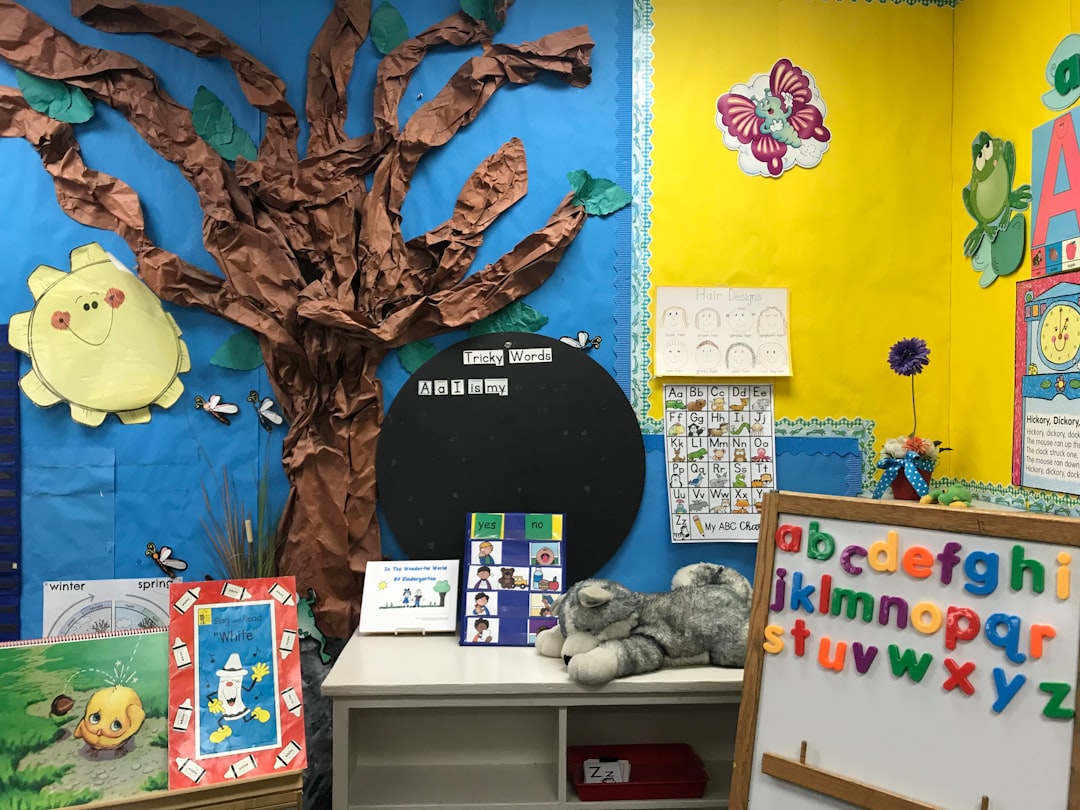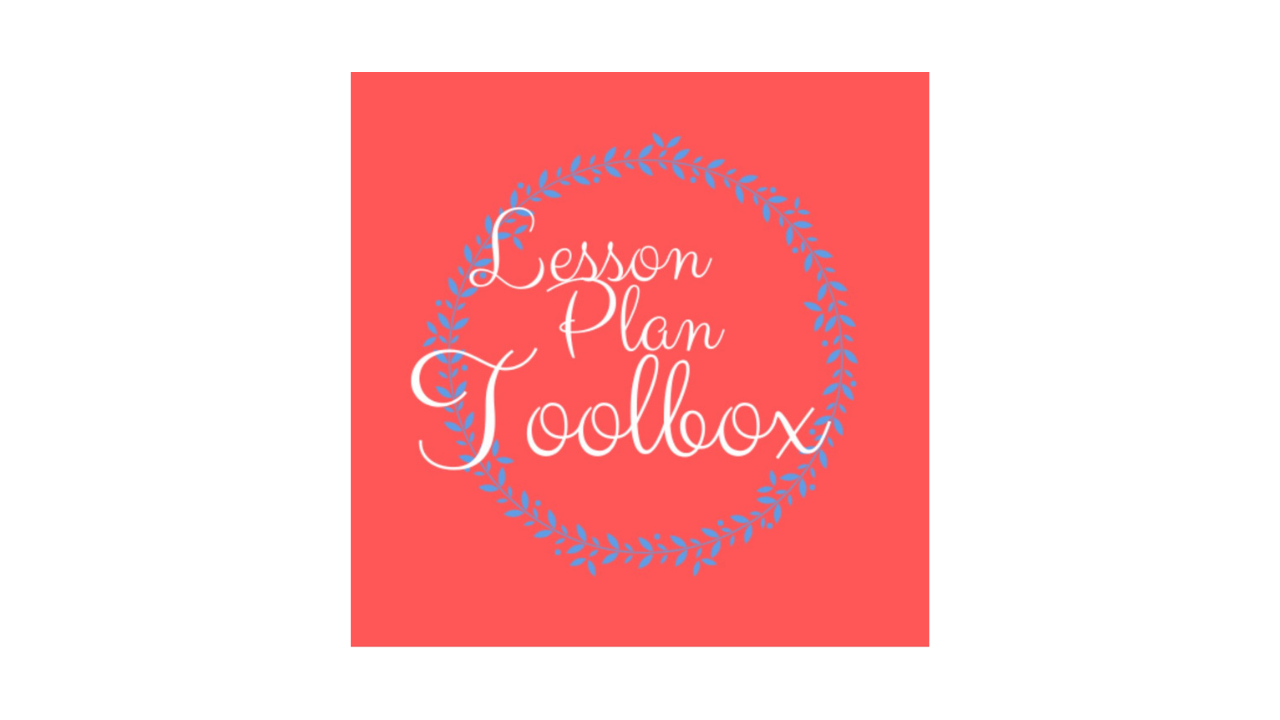
The Hard Truth: Early Readers Need Interventions - Not Just Workarounds
Welcome to our yearlong series on Classroom Management by Design for Primary Teachers. Each week we will give you a new piece to the classroom management puzzle to have in place when you need it this school year. Think of it as a Lego kit just waiting to be built.
Classroom Management by Design for Primary Teachers:
The Hard Truth: Early Readers Need Intervention—Not Just Workarounds
💔 The Moment You Realize a Student Still Can’t Read
You hand out a passage for morning work. Students begin reading quietly… except for one.
He’s tracing the words with his finger, glancing at neighbors’ papers, and whispering, “Can you tell me that word again?”
Your heart sinks—not because he’s trying, but because you know he’s not really reading.
And he’s not alone.
Every classroom has them—second and third graders who’ve learned how to mask their reading struggles. They memorize patterns, look at pictures, and guess. But deep down, you know they’re missing the foundation that changes everything: the ability to read independently and confidently.

⚠️ The Reality in Our Classrooms
In too many schools, these students are being offered accommodations instead of intervention.
They’re given audiobooks, reading partners, or shortened assignments.
They’re told, “He just needs more time.”
But what they really need is instruction—systematic, structured, evidence-based reading instruction that rewires the brain and builds decoding from the ground up.
When we rely on workarounds instead of teaching, we send a message that reading will somehow “click” on its own.
Spoiler alert: it won’t.
🧩 Accommodations vs. Intervention (and Why It Matters)
Let’s break this down in plain teacher terms:
Accommodations Interventions
Give access to content Teach the missing skill
Listening to a story Learning to decode the story
Extended time Explicit phonics and fluency work
Reduced reading load Daily small-group instruction
Accommodations are helpful. They remove barriers so students can participate.
But intervention is transformational. It targets the root cause and actually changes a child’s reading brain.
A child in second or third grade who can’t yet read doesn’t need fewer words—they need the right kind of words taught in the right kind of way.

⏰ Why We Can’t Wait Until Fourth Grade
By third grade, the academic world shifts from learning to read to reading to learn.
If students aren’t fluent by then, they begin to fall behind in every subject. Vocabulary gaps widen. Confidence plummets. Behavior challenges rise.
And yet, this is the very moment when schools sometimes ease up on reading instruction instead of doubling down.
The brain’s neuroplasticity is strongest in the early years—meaning this is when structured literacy has the greatest chance to close the gap.
Waiting is not compassion. It’s a delay that deepens the wound.

💡 What Teachers Can Do Right Now
Even without a reading specialist, you can make a powerful difference.
1. Track reading behaviors daily.
Note errors, hesitations, and substitutions—not just scores. Patterns tell a story.
2. Build small-group decoding time.
Ten minutes a day focused on sound mapping, blending, and fluency is worth more than an hour of guessing games.
3. Request progress monitoring.
Under MTSS (Multi-Tiered System of Support), every student showing signs of difficulty deserves data-driven intervention.
4. Collaborate with parents and specialists.
Share what you see. Advocate for structured literacy programs that follow the science of reading.
5. Reassure struggling readers.
Tell them, “You’re not behind—you just need a different kind of practice.” Confidence fuels persistence.

🛠️ The Systemic Shift We Need
Teachers are not the problem. The system is.
When schools treat accommodations as enough, they unintentionally communicate that access equals progress. But without instruction, we’re not closing gaps—we’re widening them quietly.
Every district, every school, every administrator must ask:
Are our interventions evidence-based?
Are we tracking progress weekly, not yearly?
Are we teaching kids to read—or just helping them cope with not being able to?
Early intervention isn’t a luxury. It’s a child’s right.

💖 A Note from Lesson Plan Toolbox
Thank you for being here.
You were made to teach—and to see what others might overlook.
If you have a second or third grader who’s still struggling to read, know this: it’s not too late. The window is open, and your belief in that child can change their story.
Together, let’s make sure every student learns to read—not just survive the reading block.
✨ You were made to teach.
Want to keep this momentum going?
Grab your free “Early Reader Intervention Checklist” inside the Lesson Plan Toolbox and start building a classroom where every student becomes a reader.
Manage Student Behavior in 5 Minutes a Day!
Do you see student behavior going through the roof right about now?
Have you tried EVERYTHING and NOTHING seems to work?
Trust me, I've been there!
This is EXACTLY why I created The Student Behavior Scenario of the Day Cards for primary teachers. You will improve student behavior AND your classroom management in just 5 minutes a day!
As teachers, we can't assume that students know how to behave or what is expected of them and so often that is where things go wrong for us. (We all know what happens when we ''assume", but yet we still do it anyway.)
These cards changed EVERYTHING for me in the primary classroom because students LOVE talking about behavior AND they want to meet your expectations.
Best of all, each card has scenario of the day, reflection questions, and possible consequences that teachers can use in each situation.
GRAB YOUR FREE SAMPLE HERE: Student Behavior Scenario of the Day Cards
DID YOU KNOW…
Did you know I organize a FREE Facebook Group for Mastering Classroom Management? We are gearing up for our school year quarter sessions, so if you’re looking for a simple way to improve your classroom management join the already 200+ teachers that have signed up: Mastering Classroom Management Facebook Group
Your ebook GIFT: Empowering Primary Teachers: Effectively Manage Disruptive and Violent Behaviors in the Classroom

FINALLY…
If you enjoyed the tips in this post, you might also enjoy this series of videos Classroom Management by Design for Primary Teachers:
Unlock the Key to Supporting Neurodivergent Learners - Without Overwhelm
Finished Early? Now What? 10 Brilliant Ways to Keep Students Engaged Without the Chaos
A Guide to Creating an Intrinsically Motivated Classroom
Expanding AI's Role in the Primary Classroom
Unlock the Power of AI in the Primary Classroom
Supporting a Student Being Bullied
What to do With a Bully in the Primary Classroom
Don’t forget to follow us over on Instagram!
Teach~Relax~Repeat
Lauren

